The therapy has been approved by the FDA for phase one clinical trials at three U.S. institutions: the Greenebaum Cancer Center of the University of Maryland, the Medical University of South Carolina and the University of Virginia Cancer Center.


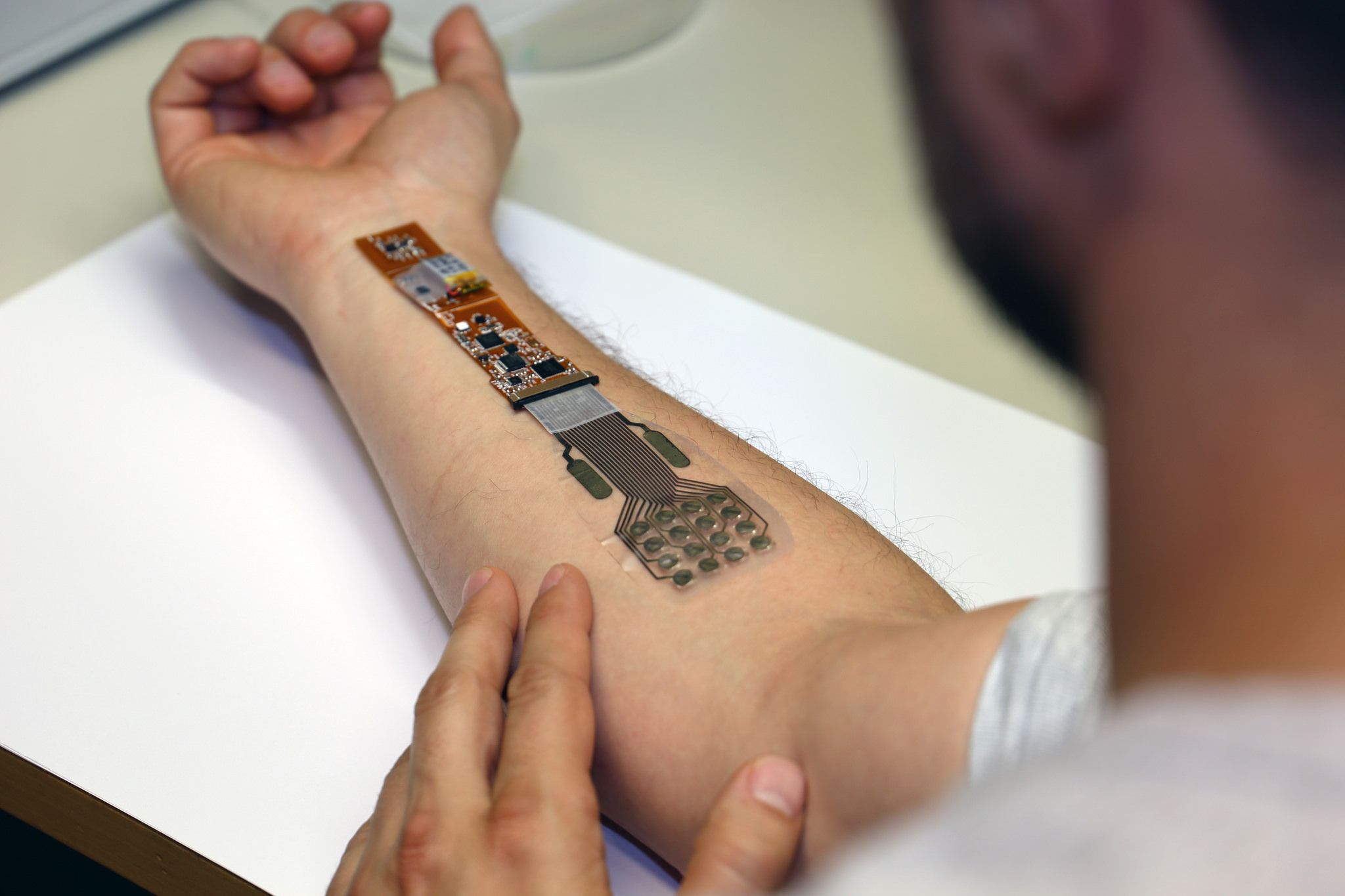
Cellulose is the most abundant organic polymer in the world. It is the primary compound in the cell walls of green plants, and is typically used to make paper and cardboard.
At the VTT Technical Centre of Finland, a state owned research and development non-profit, scientists have used nano-structured cellulose to make a 3D printable material.
The nanocellulose paste is now in development to make smart-dressings that heal and monitor skin wounds.
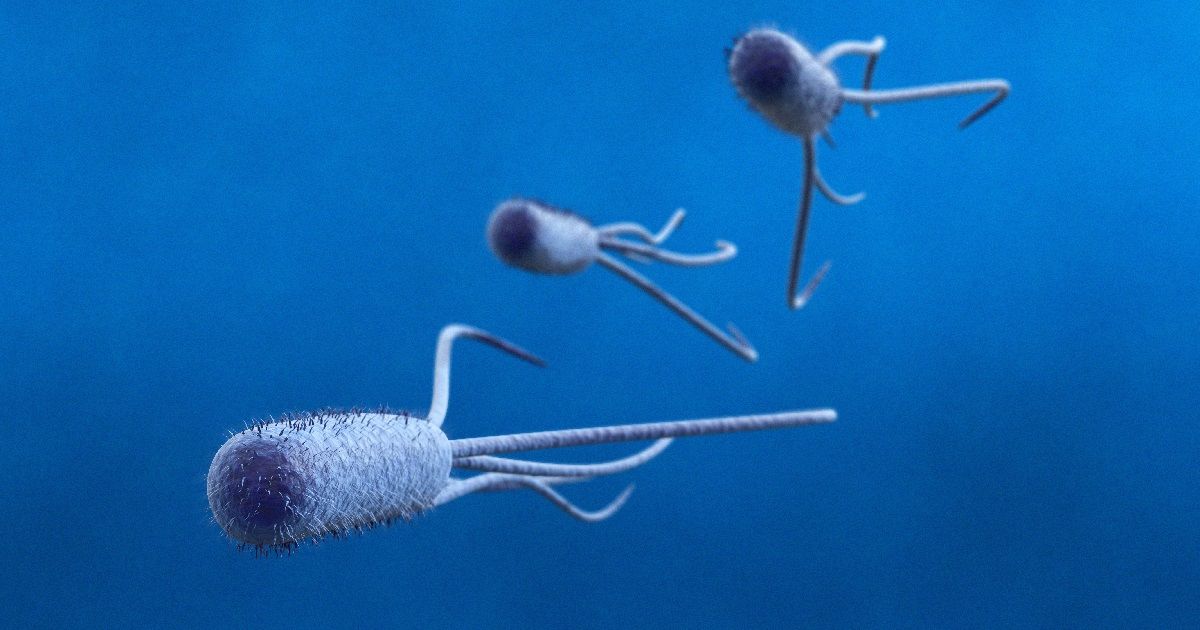
The new self-propelled, cancer-seeking bacteriobot swims right into the tumor and zaps it with a deadly payload of cancer drugs.
The recently perfected #bacteriobot holds ‘a lot of promise’ in treating #cancer says a physician. Cancer patients at a hospital in Montreal may be the first to be treated with these #nanorobots built out of bacteria.
Summary: The recently perfected bacteriobot holds ‘a lot of promise’ in treating cancer says a physician. Cancer patients at a hospital in Montreal may be the first to be treated with nanorobots built out of bacteria. The new self-propelled, cancer-seeking bacteriobot swims right into the tumor and zaps it with a deadly payload of cancer drugs. [Cover image: Getty Images/iStock.]
Google’s Futurist Ray Kurzweil once said that within decades, we will have nanobots, swimming through our veins keeping us healthy. The tiny robots will keep us healthy by correcting DNA errors, removing toxins, extending our memories and zapping cancer. The Futurist said that back in 2007, and his prophecy is becoming a reality, at least in the treatment of cancer.
Years spent developing bacteria-based nanobots are finally bearing fruit, and thanks to progress made by a physician at the Jewish General Hospital (JGH) in Montreal, cancer patients may be the first to be treated with tumor-killing nanorobots. The JGH doctors are using a newly-developed self-propelled, cancer-seeking nanorobot built out of bacteria and referred to as a bacteriobot, an amalgam of the words bacteria and nanorobot.

Nanostructured systems have the potential to revolutionize both preventive and therapeutic approaches for treating cardiovascular disease. Given the unique physical and chemical properties of nanostructured systems, nanoscience and nanotechnology have recently demonstrated the potential to overcome many of the limitations of cardiovascular medicine through the development of new pharmaceuticals, imaging reagents and modalities, and biomedical devices. A recent review offers an outline of critical issues and emerging developments in cardiac nanotechnology.
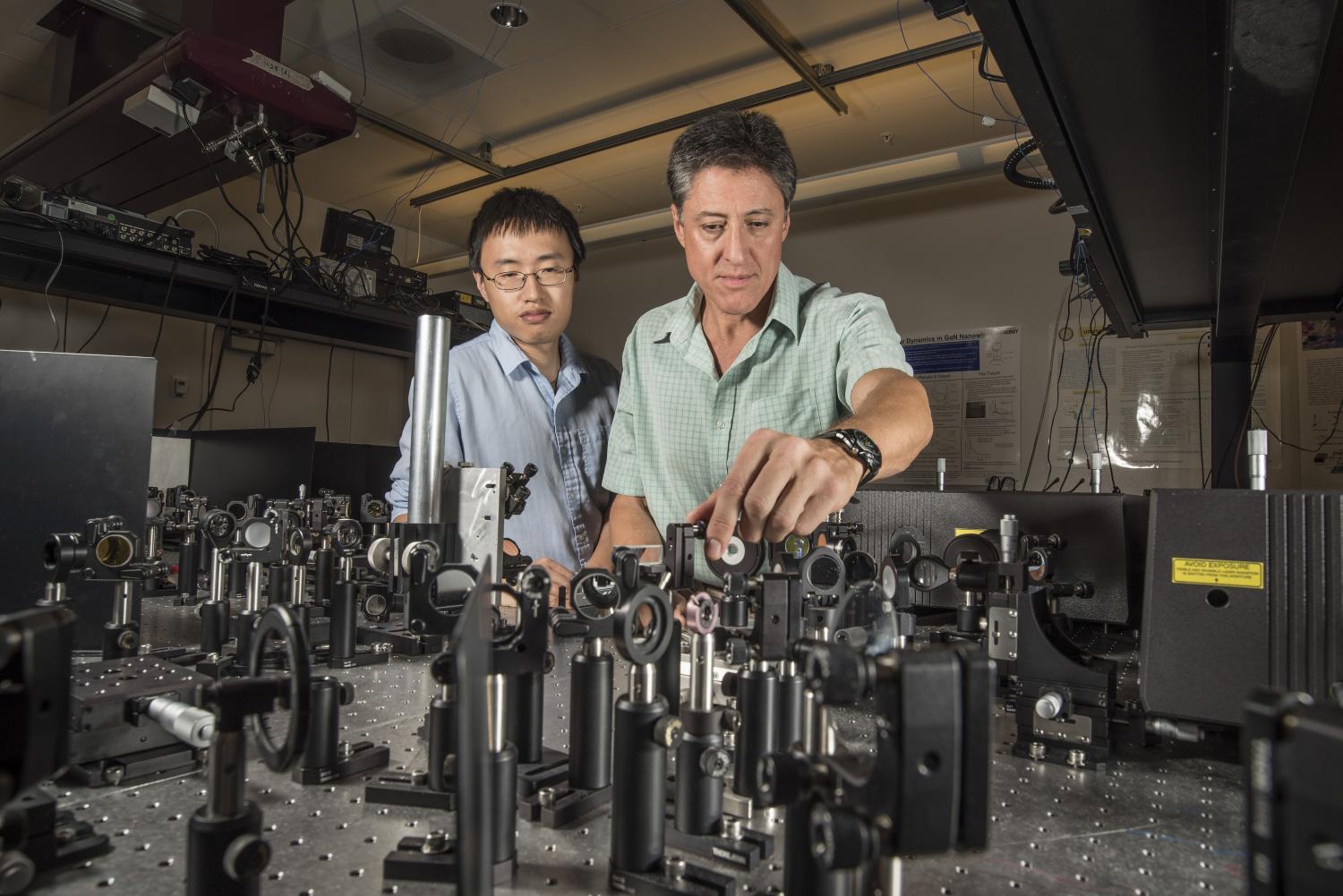
A Sandia National Laboratories-led team has for the first time used optics rather than electronics to switch a nanometer-thick thin film device from completely dark to completely transparent, or light, at a speed of trillionths of a second.
The team led by principal investigator Igal Brener published a Nature Photonics paper this spring with collaborators at North Carolina State University. The paper describes work on optical information processing, such as switching or light polarization control using light as the control beam, at terahertz speeds, a rate much faster than what is achievable today by electronic means, and a smaller overall device size than other all-optical switching technologies.
Electrons spinning around inside devices like those used in telecommunications equipment have a speed limit due to a slow charging rate and poor heat dissipation, so if significantly faster operation is the goal, electrons might have to give way to photons.
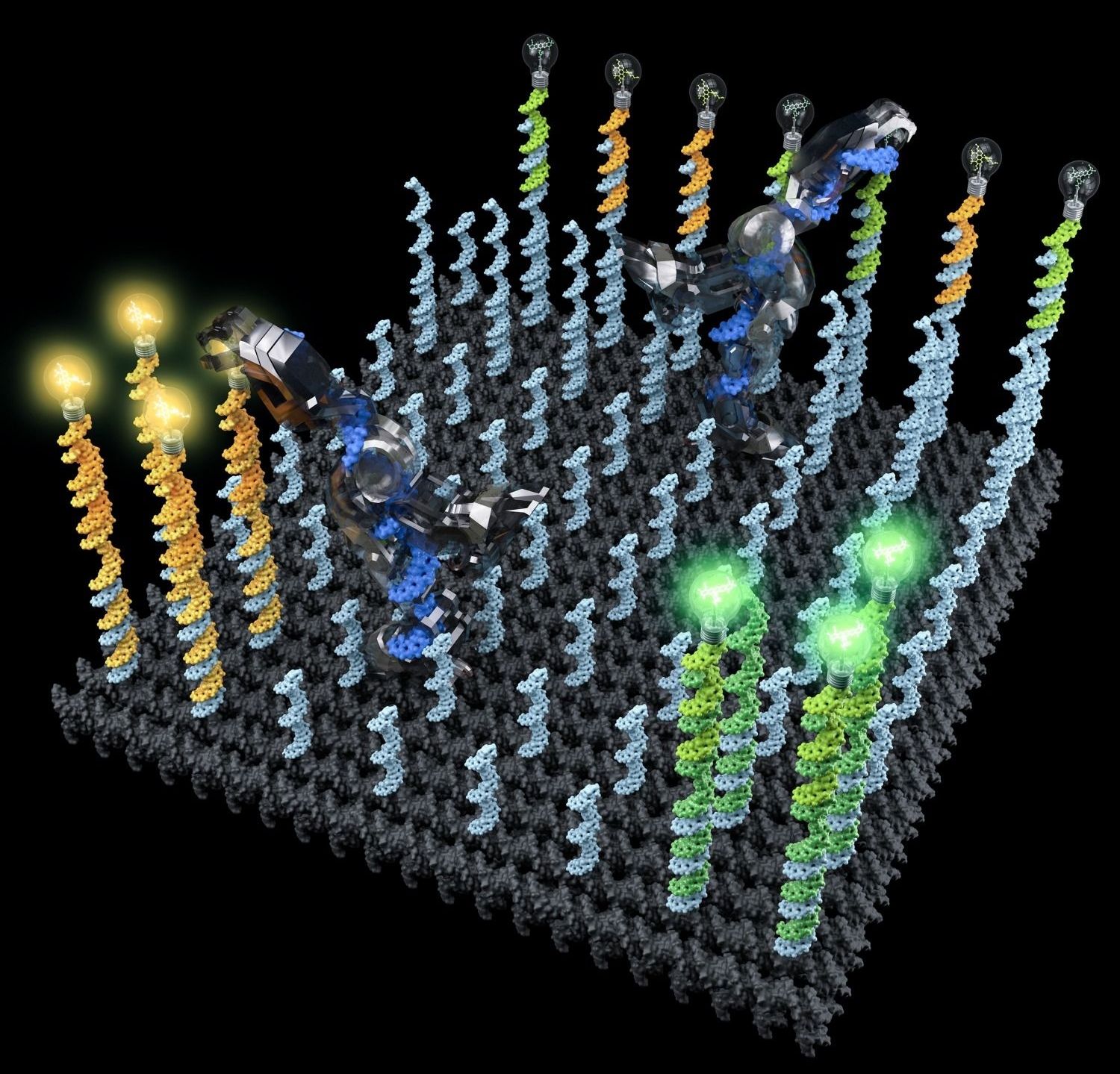
Imagine a robot that could help you tidy your home: roving about, sorting stray socks into the laundry and dirty dishes into the dishwasher. While such a practical helper may still be the stuff of science fiction, Caltech scientists have developed an autonomous molecular machine that can perform similar tasks—at the nanoscale. This “robot,” made of a single strand of DNA, can autonomously “walk” around a surface, pick up certain molecules and drop them off in designated locations.
The work was done in the laboratory of Lulu Qian, assistant professor of bioengineering. It appears in a paper in the September 15 issue of Science.
Why Nanobots?
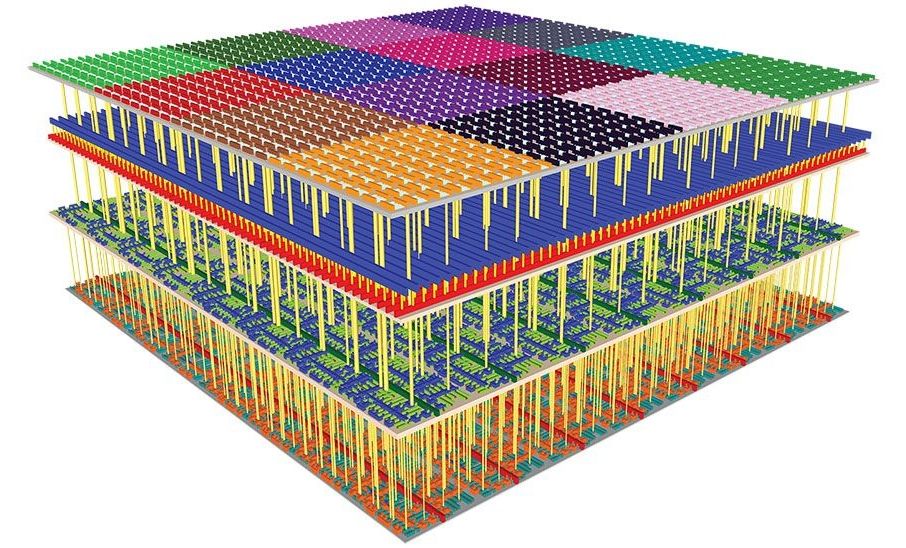
Chip makers have a mantra: smaller, cheaper, and faster. They may now need a new adjective—taller.
Kurzweil is one of the world’s leading minds on artificial intelligence, technology and futurism. He is the author of five national best-selling books, including “The Singularity is Near” and “How to Create a Mind.”
Raymond “Ray” Kurzweil is an American author, computer scientist, inventor and futurist. Aside from futurology, he is involved in fields such as optical character recognition (OCR), text-to-speech synthesis, speech recognition technology, and electronic keyboard instruments. He has written books on health, artificial intelligence (AI), transhumanism, the technological singularity, and futurism. Kurzweil is a public advocate for the futurist and transhumanist movements, and gives public talks to share his optimistic outlook on life extension technologies and the future of nanotechnology, robotics, and biotechnology.
Kurzweil admits that he cared little for his health until age 35, when he was found to suffer from a glucose intolerance, an early form of type II diabetes (a major risk factor for heart disease). Kurzweil then found a doctor (Terry Grossman, M.D.) who shares his non-conventional beliefs to develop an extreme regimen involving hundreds of pills, chemical intravenous treatments, red wine, and various other methods to attempt to live longer. Kurzweil was ingesting “250 supplements, eight to 10 glasses of alkaline water and 10 cups of green tea” every day and drinking several glasses of red wine a week in an effort to “reprogram” his biochemistry. Lately, he has cut down the number of supplement pills to 90.
Facebook: https://www.facebook.com/agingreversed
Tumblr: http://agingreversed.tumblr.com
Twitter: https://twitter.com/Aging_Reversed

Nanomachines which can drill into cancer cells, killing them in just 60 seconds, have been developed by scientists.
The tiny spinning molecules are driven by light, and spin so quickly that they can burrow their way through cell linings when activated.
In one test conducted at Durham University the nanomachines took between one and three minutes to break through the outer membrane of prostate cancer cell, killing it instantly.